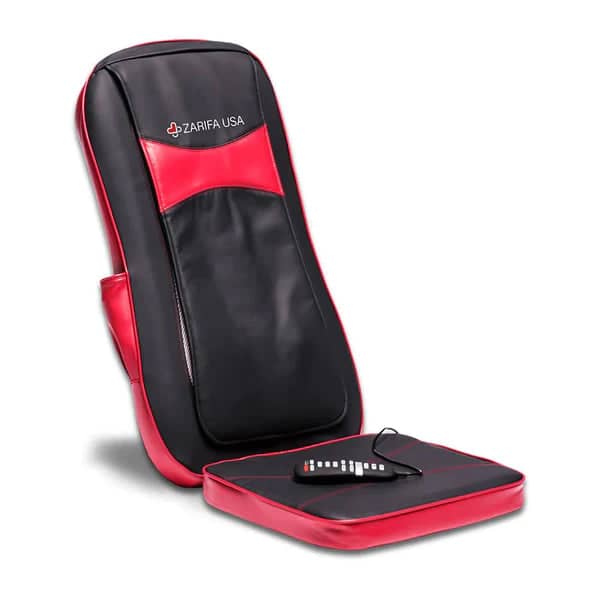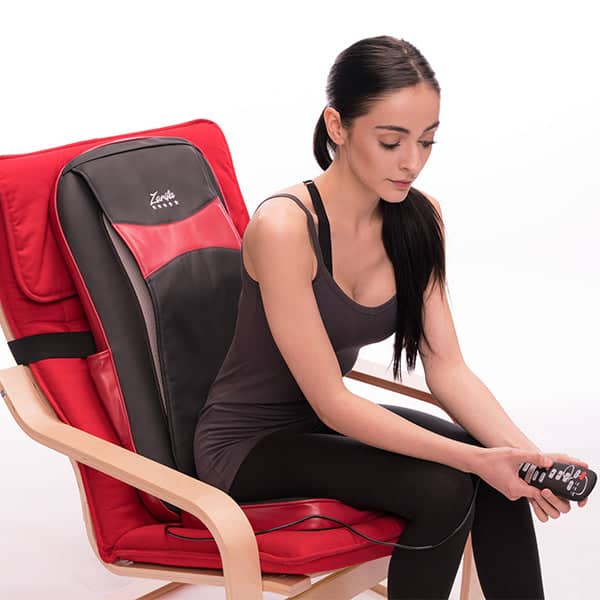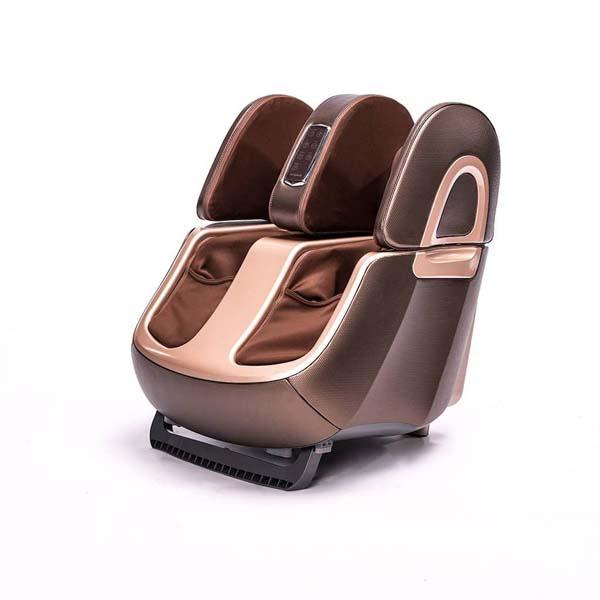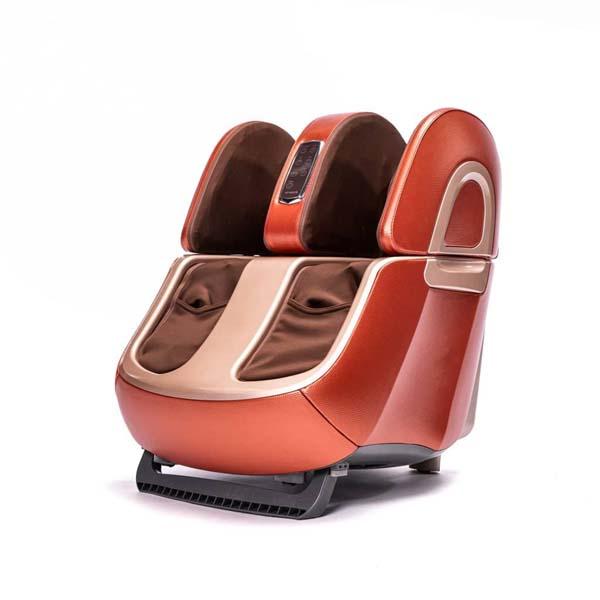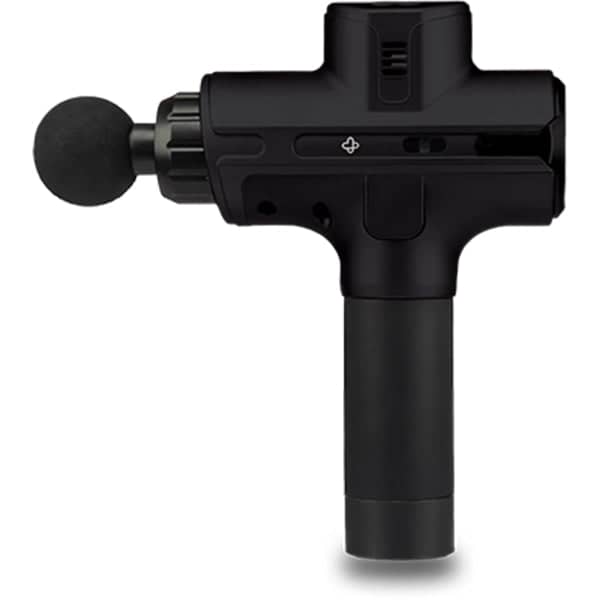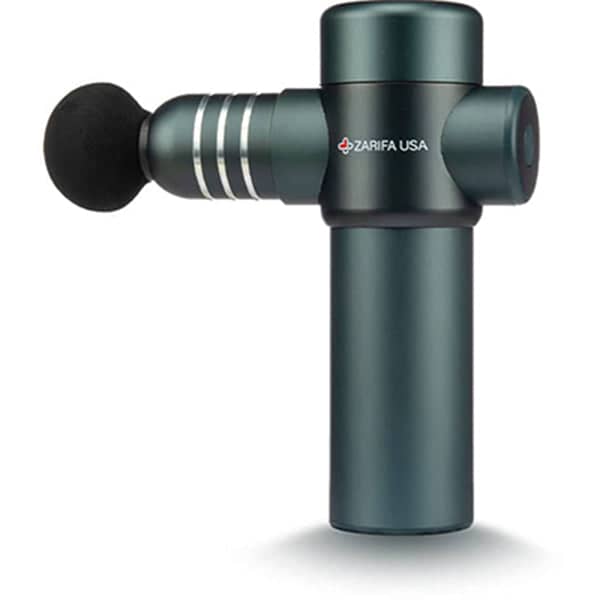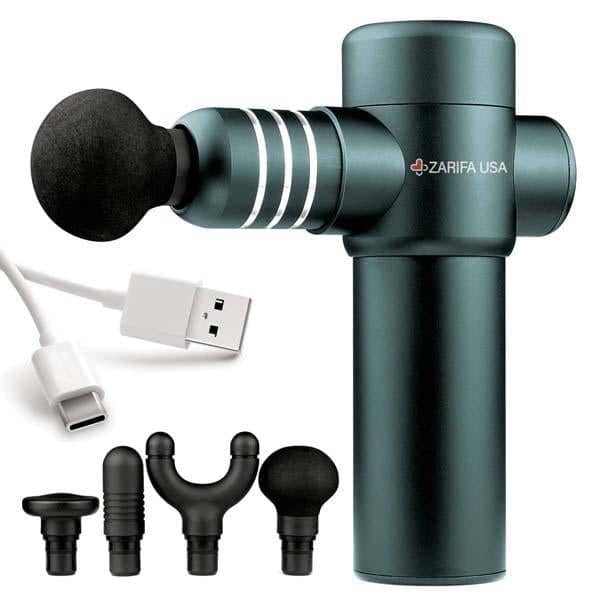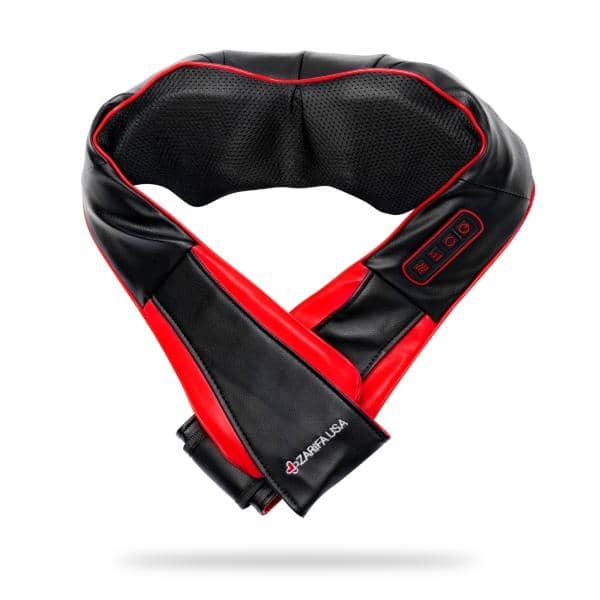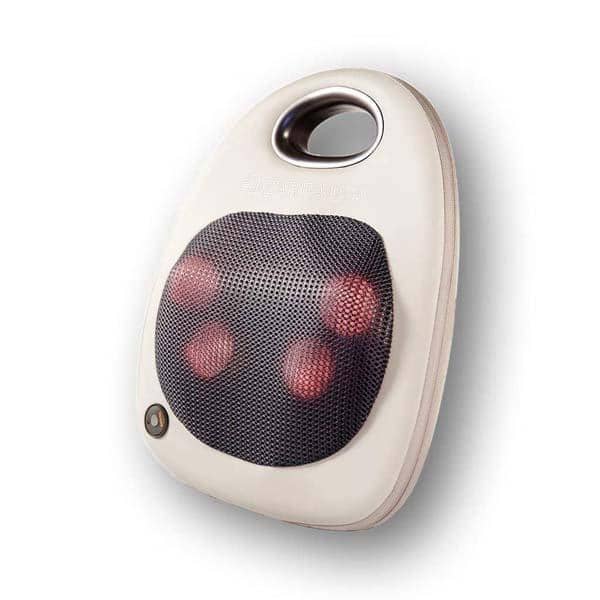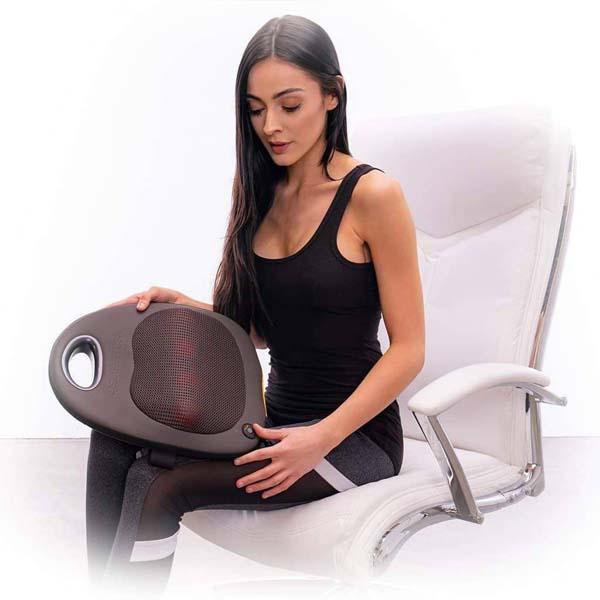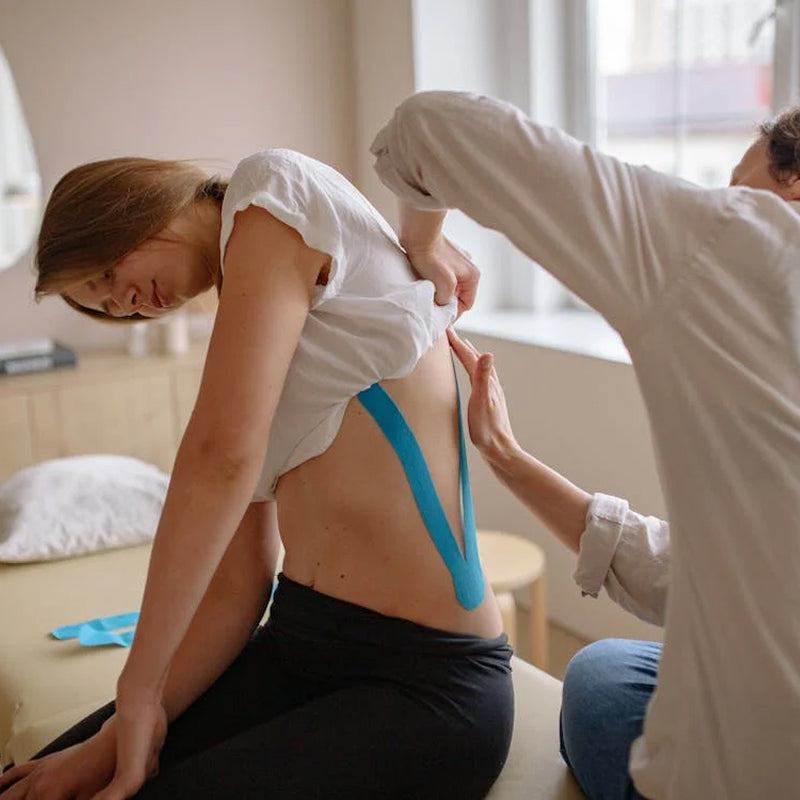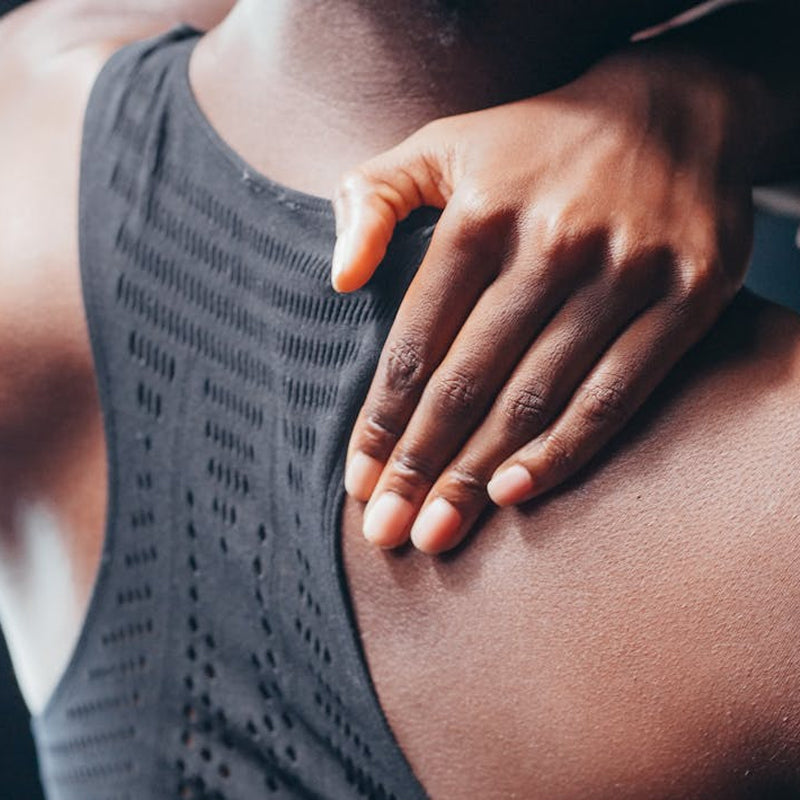In the United States, people suffer from neck pain at a rate of more than 30% each year; about half of those who suffer from chronic neck pain or regular incidences will continue to do so. Throughout their lives, 20 percent to 70 percent of individuals will have neck discomfort that interferes with their regular tasks.
Buy now : Massage Chair for Office
Neck discomfort may be significant, although it doesn't happen very frequently. Musculoskeletal problems are the most common cause of neck discomfort, followed by neurological problems and, very rarely, an infection, tumor, or immunity disorder. It may create headaches and spread across your upper body, hurting your chest, arms, and chest.
Read more : How To Massage Your Own Shoulders
Neck discomfort may be debilitating, making it difficult to concentrate and survive the day. Massage therapy, fortunately, has been shown to help with a variety of neck and shoulder pains, and it is generally one of the first therapies patients consider when they have significant neck pain.
Self-massage for neck pain is more convenient and beneficial than you think, and here is everything you need to know about it!
Does Self Massage Actually Help Neck Pain?
As percussive treatment grows more popular, more research on its advantages and drawbacks is being published. In a 2014 research, vibration treatment and massage were shown to be equally beneficial in preventing delayed onset muscle soreness, which means you're least likely to suffer muscular discomfort or stiffness 24 to 72 hours after a hard exercise.
Yes, a neck massage is widely used to help reduce stress and pain. Both physical and emotional stress may affect a person. Self-massage relieves stress by increasing muscular relaxation and lowering cortisol levels.
When tendons are overworked, they experience a lot of stress, which causes them to tire and weaken. Physical activity and weakness make injuries more probable and might worsen the pain. By boosting blood flow, neck stimulation relieves muscular tension.
Vasodilation, or the dilatation of the vascular system, increases blood circulation. Vasodilation allows more fluid to circulate through arteries, raising the amount of oxygenated blood available to the muscles
For the healing of injured muscles and the preservation of healthy muscles, oxygen and nutrients are required. Increased oxygen and food availability promote healing and reduce muscle tiredness and weakness. Bodily stress is reduced by reducing muscular exhaustion and weakness.
A neck massage might help you feel better. Numbness, pins & needles, tingling, and pain are examples of unpleasant feelings. Injury or nerve compression may cause poor feelings.
Nerves are responsible for all of our emotions. Nerves may produce both pleasant and negative emotions, such as pleasure and pain. Irritation occurs when nerves are squeezed. Pain receptors will cause unpleasant feelings in reaction to the compression, alerting the body that something is wrong.
This reaction might include numbness, shooting pains, tingling, or pins and needles. By lowering joint stiffness and easing stress, a neck massage decreases nerve compression.
A temperature rise happens as a result of improved blood flow during a neck massage. Joint stiffness and muscular tension decrease as the temperature increases. The relaxation of compressed nerves is aided by a decrease in joint stiffness and muscle tension, resulting in improved sensation.
Self-Massage For Neck Pain: How To Do It
Whereas a stiff neck might be inconvenient, it is seldom a reason for alarm. Nevertheless, if the stiffness becomes too severe, it may cause a sense of the neck being "frozen" in place, restricting mobility and negatively impacting your standard of living.
Self-massage, fortunately, is one of the most effective alternative medicine treatments for neck tightness. Neck flexibility and discomfort have both been shown to improve with self-massage.

Massage By Hands
- Reduce the distance between your shoulders and your ears. Adjust your neck and back to a more natural position.
- Find the sore spots on your neck. With your fingertips, press down hard.
- Make circular movements with your fingertips. Rep the process in the other way.
- Carry on for another 3 to 5 minutes.
Self-massage might help relieve stress and promote relaxation if you're suffering from a headache. This is especially effective if your headache is caused by tension.
- Reduce the distance between your shoulders and your ears. Adjust your neck and back to a more natural position.
- Determine the location of your skull's base. Place each hand's pointer and middle fingers in the center, with their fingertips touching.
- Apply slight pressure to your fingers and glide them outward or downward in the direction that feels most comfortable.
- Make little circular movements with your fingertips. Concentrate on the stressed regions as well as the surrounding regions.

Massage Using A Neck Massager
Massage guns stimulate blood flow, which transports nutrients to tissues while also eliminating blood that has accumulated in the muscles—a typical event that may cause edema in the limbs after lengthy periods of rest.
Usage of a massage gun just after an exercise may help remove toxins (waste products) connected with training that may cause muscular burning.
For warm-ups and rest periods:
- Begin at the point where the curve of the neck meets the shoulder. Allow 15 seconds for the massaging gun to travel back and forth over muscle fibers.
- Next, for the next 15 seconds, apply the massage gun to the muscular attachment, sliding up and down in a downward and upward manner.
- Lastly, use the massaging gun across all fibers for another 15 seconds.
- Repeat on the other side.
For recuperation and cool-downs:
- Using the massage gun, float it over all of the muscle fibers.
- Slide the massage gun back and forth and from left to right.
- Do this for at least two minutes.
The Bottom Line
If you know fully about massage therapy, you would know how beneficial it can be, even if you're an athlete with chronic joint pain or a normal person with an old-school stiff neck. You're immediately in a bunch of reduced pain — and certainly less worried — with a couple of elbows in your back and a few strokes over the pressure spots.
Massage guns seem to be all the rage lately.


